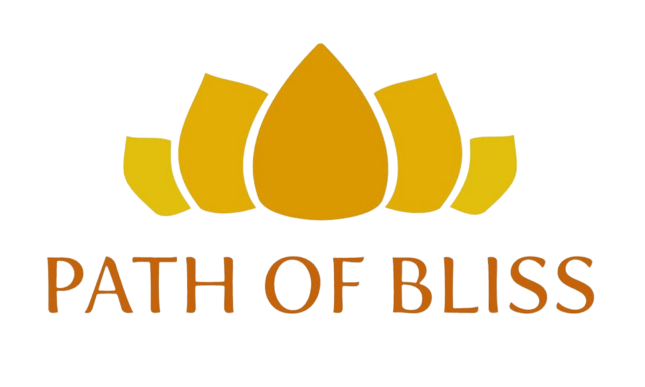We live in a world were materialism still predominates as a philosophy and basis for human life. Some of us adventure in the world of spirituality. Even then there is tendency to see spirituality and success on the spiritual path in relation to material gain and success. It is important for us to understand the realities of spirituality so the we can go beyond material success.

Spiritual Philosophy
Spiritual philosophy is an enriching exploration, a journey into the deeper nuances of life, karma, and the challenges on the path to spiritual enlightenment. Tales of Gautama Buddha, Milarepa, and numerous others resonate with hardships, perseverance, and an unyielding commitment to their spiritual journey. Yet, while it's enlightening to read about their tribulations, experiencing personal hardships on our spiritual journey presents a different, often more challenging, reality. It is easier to witness what the great masters and historical spiritualists of the past went through then to go through it ourselves. That is why many texts and teachers say that the spiritual path is for the corageous. On the path we need to overcome many enemies, like our attraction for material objects; or anger which can drive us into unwanted experiences; or greed and more.
Understanding Karma and Spiritual Challenges
Karma, a fundamental tenet in many spiritual philosophies, is often understood as the law of cause and effect. It suggests that our actions, whether in this life or previous ones, have consequences that we must face. When we do actions, we create reactions. Those reactions may not express themselves immediately and remain stored in our being waiting for an oportune moment to come out. It's relatively easy to philosophize about karma or the challenges encountered by spiritual pioneers of the past. However, when confronted with the tangible repercussions of our past actions or unanticipated obstacles on our spiritual path, acceptance doesn't come easily. It might be quite hard.
Spiritual Success vs. Material Success
In today's world, success is often measured in material terms: wealth, health, and an absence of troubles. Therein lies a misconception that embarking on a spiritual path, such as practicing meditation or yoga, will directly translate into material success or a life devoid of challenges. This perspective, however, represents a superficial understanding of spirituality.
Buddha, for instance, did not attain enlightenment by seeking a trouble-free life but by understanding and transcending life's inherent sufferings. Spiritual practices like meditation and yoga are not designed as tools for material enhancement but as paths to deeper self-awareness, understanding, and eventual liberation from the shackles of material desires.
The Pitfall of Material Pursuits
Seeking material comforts and pleasures is a natural human inclination. However, as countless spiritual teachers have pointed out, material enjoyment is fleeting. Our latest acquisitions or achievements soon lose their allure, leaving us in a perpetual state of wanting. This cycle is unending and often leaves a void, a feeling of incompleteness.
Real Spirituality: Embracing All of Life
True spirituality requires a profound understanding and acceptance of life in its entirety: its ups, its downs, its joys, and its sorrows. By seeking genuine spiritual growth, we must be prepared to confront and embrace whatever challenges life presents. The spiritual path, contrary to some modern interpretations, is not an escape route from life's problems but a deeper dive into them, understanding their nature, and transcending them.
In conclusion, while the allure of material success and a life free from troubles is strong, it's essential to recognize that genuine spiritual growth might not align with these desires. The journey towards true spirituality demands courage, perseverance, and an understanding that the path might be laden with challenges. However, with unwavering commitment, the spiritual path, irrespective of its challenges, can lead to profound inner peace and understanding, far surpassing the transient joys of material success.

